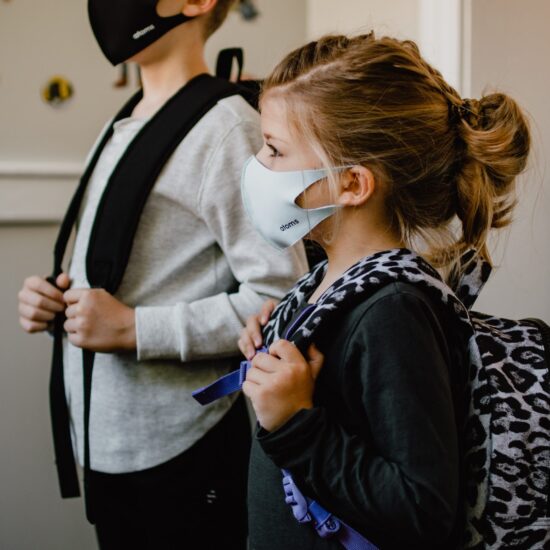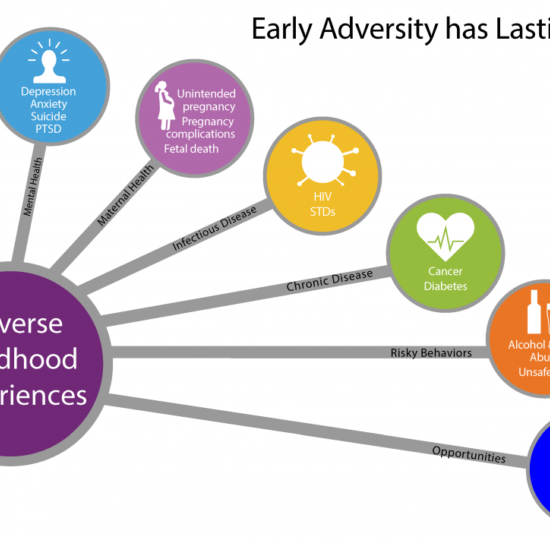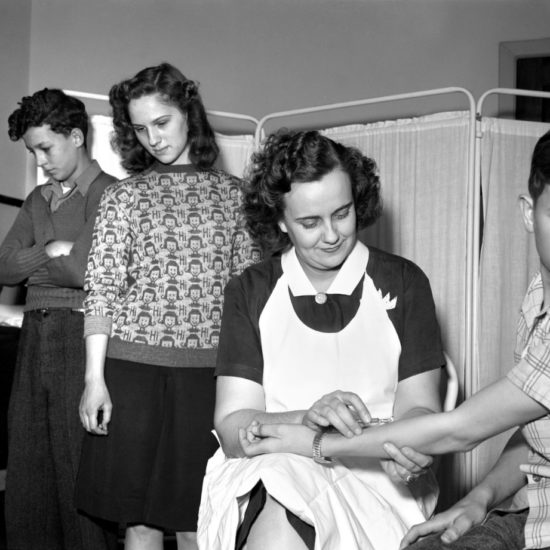
American schools are no longer places where children, teachers and staff feel safe. According to a new report from the Center for American Progress, 57 percent of teenagers now fear a school shooting. The troubled youths who commit mass shootings typically have many “red flags” that fit a dangerous profile. In the wake of the Parkland, Florida tragedy, parents and school districts sought immediate deployment of security specialists and emergency response procedures. However, the most effective interventions to address school violence may be to better understand what children experience at home through trauma-informed care.
Early and persistent exposure of a child to adverse childhood experiences (ACEs) may result in toxic levels of stress which influence brain development. ACEs include abuse, neglect, divorce, the death of a parent, or living with violence. The compounded effect of ACEs throughout early childhood may expose children to harmful toxic levels of stress in their most critical period of developmental growth. A recent U.S. study found a staggering one in five children ages zero to 17 experienced two or more ACEs. This significantly places them at a higher risk for developmental, behavioral, or social delays, as well as being at greater risk for committing acts of violence compared with children who had no ACEs.
One way to address the needs of children exposed to ACEs at all levels would be to improve access to mental health support for children and their families, especially in the wake of public tragedy. Children no longer have to wait for the morning paper to read about a tragic event. They may have uninterrupted access to victims on a live stream via social media, the Internet or television. In a national survey conducted after the September 11, 2001 attacks, it was found that children who watched the most coverage were reported to have more stress symptoms than those who watched less coverage.
High profile acts of violence, particularly in schools, may cause confusion and fear in children. Schools, once a safe haven, have become a place where children may feel that they are in danger and worry that their friends or loved-ones are at risk. Couple this with the monthly “active shooter” drills that are now as common in schools as fire-drills and we are most likely stressing our children over and over again.
Children rely on the adults around them for information and guidance on how to react. Selected strategies from the National Association of School Psychologists include:
- Reassure children that they are safe, validate their feelings, and help them to express their feelings to help put them into perspective.
- Adults should make time to talk and to listen, and be patient because your child may not want to talk about their feelings right away
- Keep your explanations developmentally appropriate. To alleviate child anxiety, consider co-viewing any media coverage with your child, limiting the amount and type of media viewed at home, especially just prior to bedtime, reading newspaper articles rather than watching television, and limiting discussion in the presence of your child.
The recent tragedy in Florida is a reminder of the urgent need to implement policies to improve coordination of public health strategies, designed to prevent and respond to the impact of ACEs and toxic stress. Funding is needed to implement evidence-based programs that promote safe, supportive learning environments. Schools are ill-equipped to work with the outliers; those complex students like the Parkland shooter. Trauma responsive schools should be the gold standard in education. We need to take the position that a trauma-sensitive environment is a “universal precaution” and will benefit the school community at large.
School nurses provide a buffering effect for students exposed to ACEs. School nurses are highly trained and well-positioned to assess individual students and gauge behavioral patterns of activity among students. Expansion of school-based health centers (SBHC) allows pediatric or family nurse practitioners to collaborate with school nurses providing acute care health services to students, staff and families. Research shows that mental health counseling is the leading reason for visits by students. Seventy-five percent of SBHCs have a mental health provider available.
In the meantime, hopefully, parents across the country will keep asking the question “How was your day?,” hold their children closely, listen intently and keep doing our best to work and rebuild trust in the safety of American schools.
Sunny G. Hallowell, PhD, PPCNP-BC, IBCLC, is a Pediatric Nurse Practitioner and Assistant Professor of Health Policy at the Villanova University M. Louise Fitzpatrick College of Nursing; Elizabeth B. Dowdell, PhD, RN, FAAN, is a Professor of Pediatrics at the Villanova University M. Louise Fitzpatrick College of Nursing; Robin Cogan MEd, RN, NCSN is a School Nurse in Camden, NJ and Faculty at Rutgers-Camden School of Nursing in the School Nurse Certificate Program. She can be found on Twitter @RobinCogan and on Relentless School Nurse.









michael sirbola / May 17, 2018
Trauma-aware Instruction differs from mainstream instructional pedagogy because errors are opportunities to learn, not punish. Trauma-sensitive Instruction means that Zero Tolerance for behavioral and academic errors is replaced by Zero Punishment and Zero Consequences for errors. @pineridgecenter @davidhogg111 @danielgohl @robertwruncie @iElijahManley @DrMichaelWest @usyouthgov @TimWSternberg @ahickman1911
/
Frances Scovil / May 23, 2018
What you say is true but it ignores the fact that most mental health professionals, not to mention the VAST majority of medical professionals have no clue about complex trauma. PICUs rarely counsel parents about the emotional stress endured by a preemie being poked, prodded and physically separated from their mother by virtue of being in an incubator and the other procedures undertaken to keep them alive.
Adoption professionals don’t talk about the emotional and psychic toll of separation from a birthmother. They focus on the future and not on the child’s history. In fact most adoptive parents know only the headlines of the horrors their child has endured before they met.
The damage with complex trauma usually happens long, long before a child ever sees the inside of a classroom. These traumas happen to babies and kids before the age of 5 and often in their first year of life. Because the brain is developing so quickly the trauma gets hardwired in, impacting the memory, reasoning and ability to focus. Indeed, it mostly sets them up to struggle in school – and thus the downward spiral of low self esteem, being targeted by bullies and isolation is pushed into full motion by schooltime.
Yes, we need to have trauma-sensitive schools but why don’t we start with trauma-sensitive mental health medical communities??
/